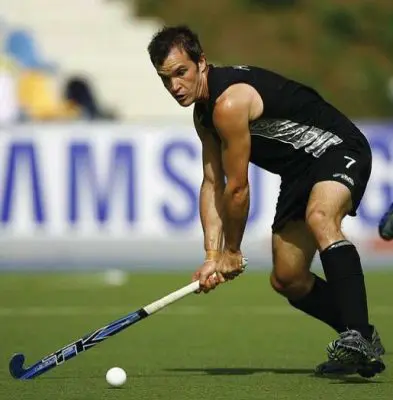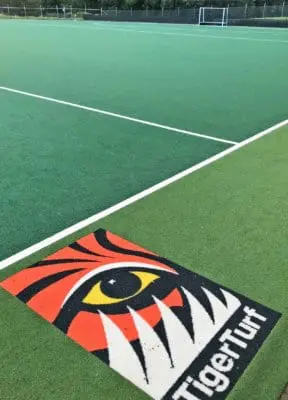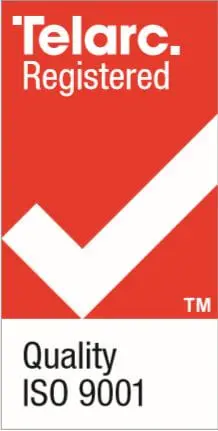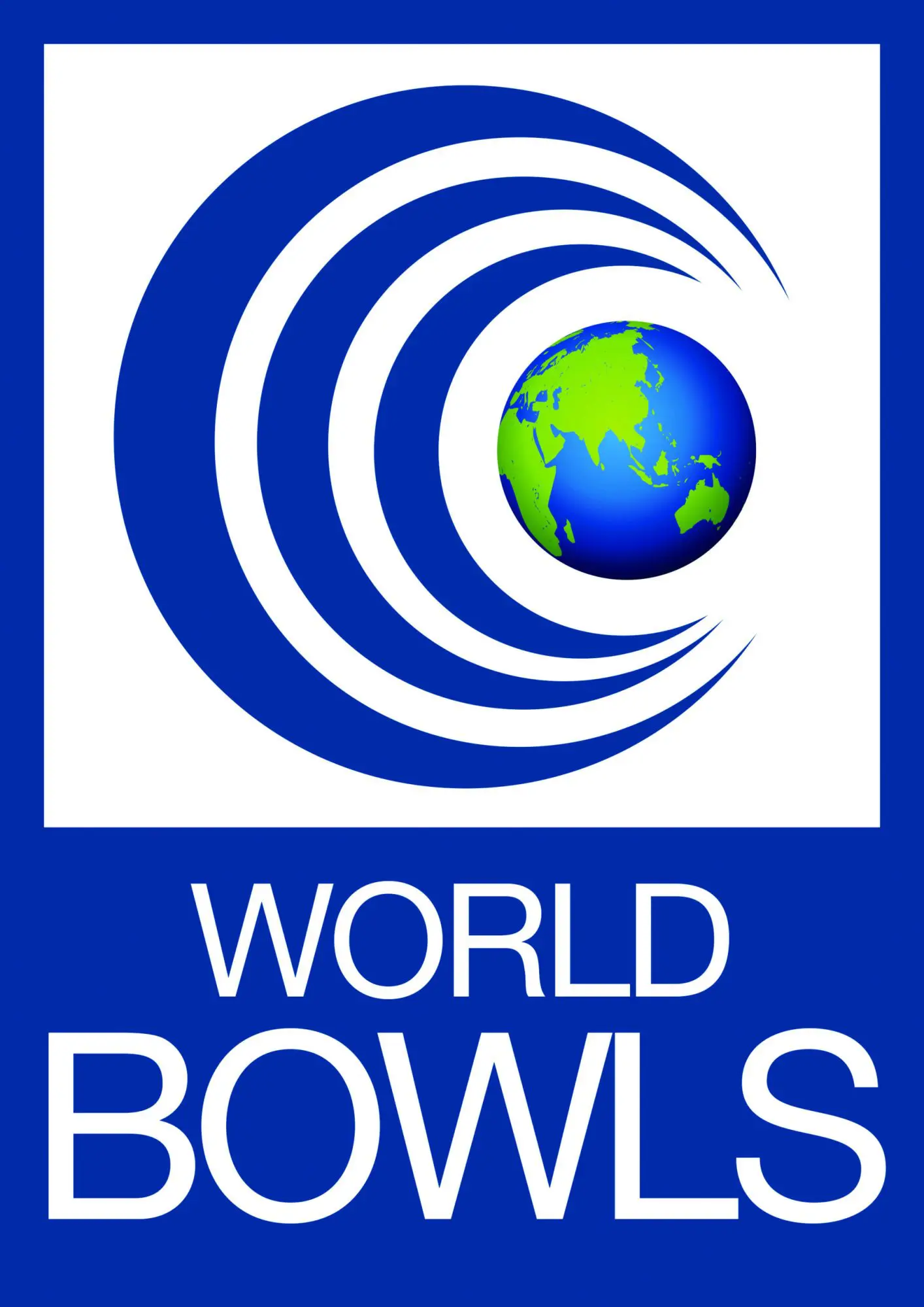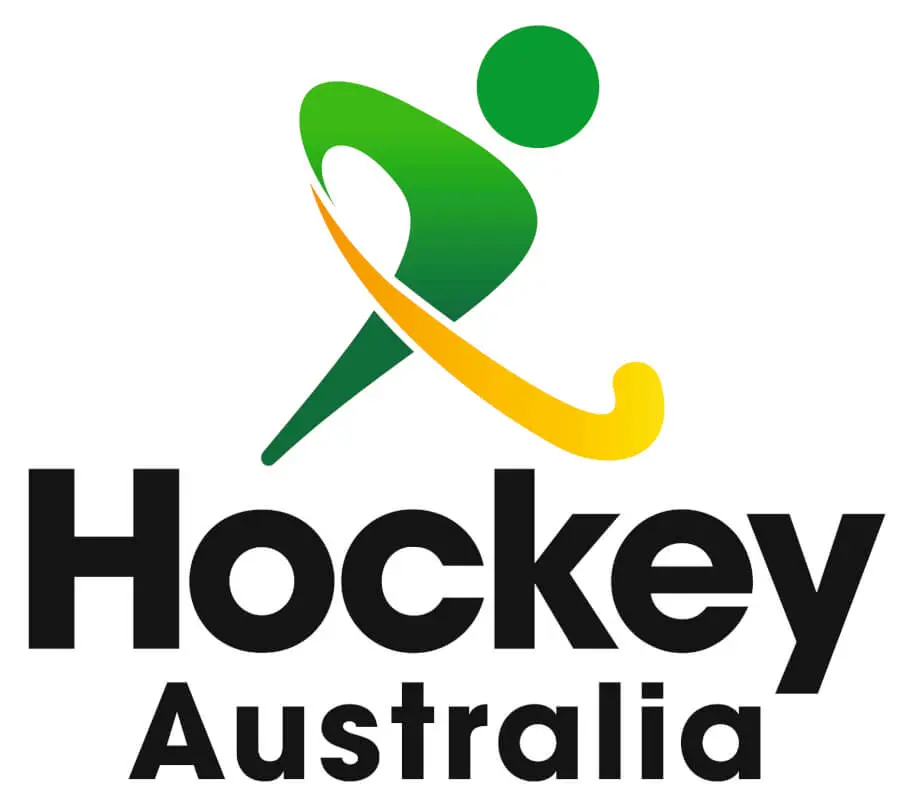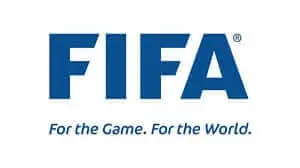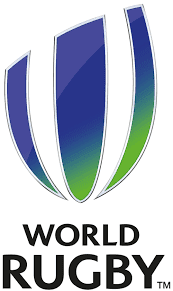Why do we water hockey pitches?
Watering hockey fields are normal at top-level hockey tournaments. So, why do we water hockey pitches?
A watered pitch presents fast, consistent playing conditions and a soft surface for hockey sticks and knees.
What benefits come from watering the pitch?
- Watered pitches are safe surfaces, as the water layer absorbs impact better than a sand-filled pitch does. A watered pitch also gives players the ability to control their slides.
- Falls on these surfaces are less likely to leave players with abrasion injuries to their skin, as the surface of watered pitches is softer and cooler to play on.
- Hockey balls move at a consistent speed on watered surfaces as the grass blades form a denser, faster surface without sand infill.
- A faster, more responsive style of play develops on a water pitch, with a ball that runs more freely than it does on sand, where it can become sticky during the game.
- Players find their sticks last longer on wet turfs, without being worn by friction on sand, reducing the cost of replacing sticks.
- The ball bounces consistently on the denser watered grass surface and at an appropriate height, compared with the ball bounce produced on a dry pitch.
- TigerTurf watered hockey pitches give players a supportive, consistent grip for good traction, without causing twisted ankles and knees.
- Sand infill is not required.

There are also downsides
But there are also many downsides, which not only affect the players but also the spectators.
The pitch is usually irrigated by pop-up sprinklers or water cannons – both these systems have to be carefully managed to prevent disruption to the game and spectators during the irrigation process. Players have to manoeuvre around the water sprinklers, and spectators may have to move to avoid being sprinkled, depending on wind direction.
- The water cannons or pipes occasionally burst or malfunction – this will then mean a ‘dry’ turf. While some of our water turfs can be played on as dry surfaces, disruption to irrigation may lead to games having to be stopped or delayed.
- To ensure pitches don’t flood, they are built with a slight convex curve to allow water to drain away. This creates additional problems as the pitch dries unevenly and the ball roll can be unpredictable.
Potentially, water can be wasted. Depending on wind direction, some of the water may drift away from the hockey field and onto spectators, the car park and sometimes missing some of the hockey pitch.
- When wind is a factor, the angle of the water cannons may have to be changed to allow for wind direction and strength.
- Inaccuracy in aligning water cannons can result in unevenly watered turf, with dry and flooded patches.
- If the drainage is not effective, heavy rain can flood the watered turf, causing problems for players and preventing play.
TigerTurf is continuously looking for ways to improve the performance of the synthetic turf systems, looking beyond just the artificial grass surface to base systems, irrigation systems and lighting systems that will create superior playing fields.
TigerTurf’s latest innovation is the development of TenCate’s EcoCept base system which takes TigerTurf hockey pitches up to the next level.
Can TenCate’s Ecocept Base System improve performance?
It doesn’t look like much, but Ecocept is a carefully engineered shock pad a highly efficient drainage system and an eco-friendly building solution for hockey sports fields.
The EcoCept base system was developed specifically to support our technical sports surfaces, improving shock absorption and drainage. It uses recycled plastic material and can reuse the synthetic grass from obsolete pitches. It also reduces water wastage, site excavation, and base preparation.
EcoCept absorbs shock readily, reducing impact injuries
EcoCept augments the biomechanical properties of our performance sports surfaces, reducing the effect on players’ joints of repeated impact during many hours of play. It meets all FIH, IRB and FIFA standards for shock absorption capabilities.
Irrigation and drainage of hockey pitches using TigerTurf EcoCept
- Irrigation of hockey surfaces becomes cheaper, and water management more efficient. EcoCept has capillary drainage action that engenders superior lateral drainage capability. This lateral drainage is part of the reticulation system that carries water to large collection tanks for continuous irrigation of the pitch.
- Players and supporters will not be sprayed by water sprinklers or cannons during the game as EcoCept is an internal watering system that maintains a consistent water level. That’s going to be a winning point!
- The wind has no effect on the irrigation, which remains even over the entire surface when using the EcoCept system.
- Rainwater is drained immediately from the playing surface, and collected for irrigation, so the pitch is never flooded.

Reduces disturbance of the site and construction costs
- EcoCept drains sites so effectively that drainage trenches are not required, reducing the amount of soil removed, and bringing down the cost of base construction.
- This, in turn, minimises negative effects on the site by reducing truck movement. And as large amounts of crushed stone are no longer required there will be even less disruption to the site.
Made from recycled and recyclable materials
- EcoCept has a minimal carbon footprint, being an environmentally friendly product incorporating recycled material. As 80% to 90% of this material is formed from waste plastics and rubber, some of it recycled from obsolete synthetic turfs, EcoCept is especially appropriate for use in hockey turfs.
For more information on TigerTurfs WETT hockey surfaces and Ecocept performance base systems call us on 1800 802 570 or visit tigerturf.com/au.

